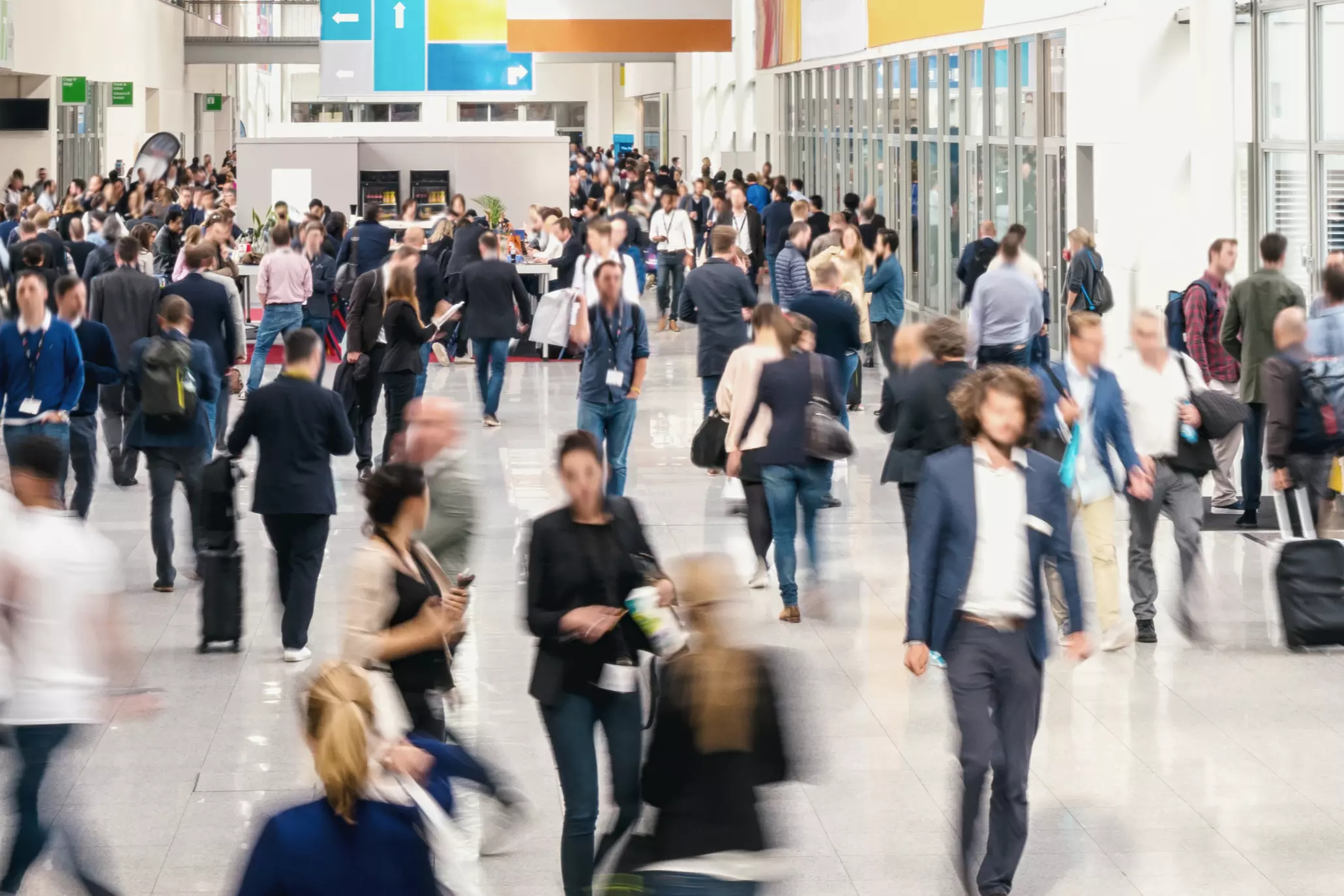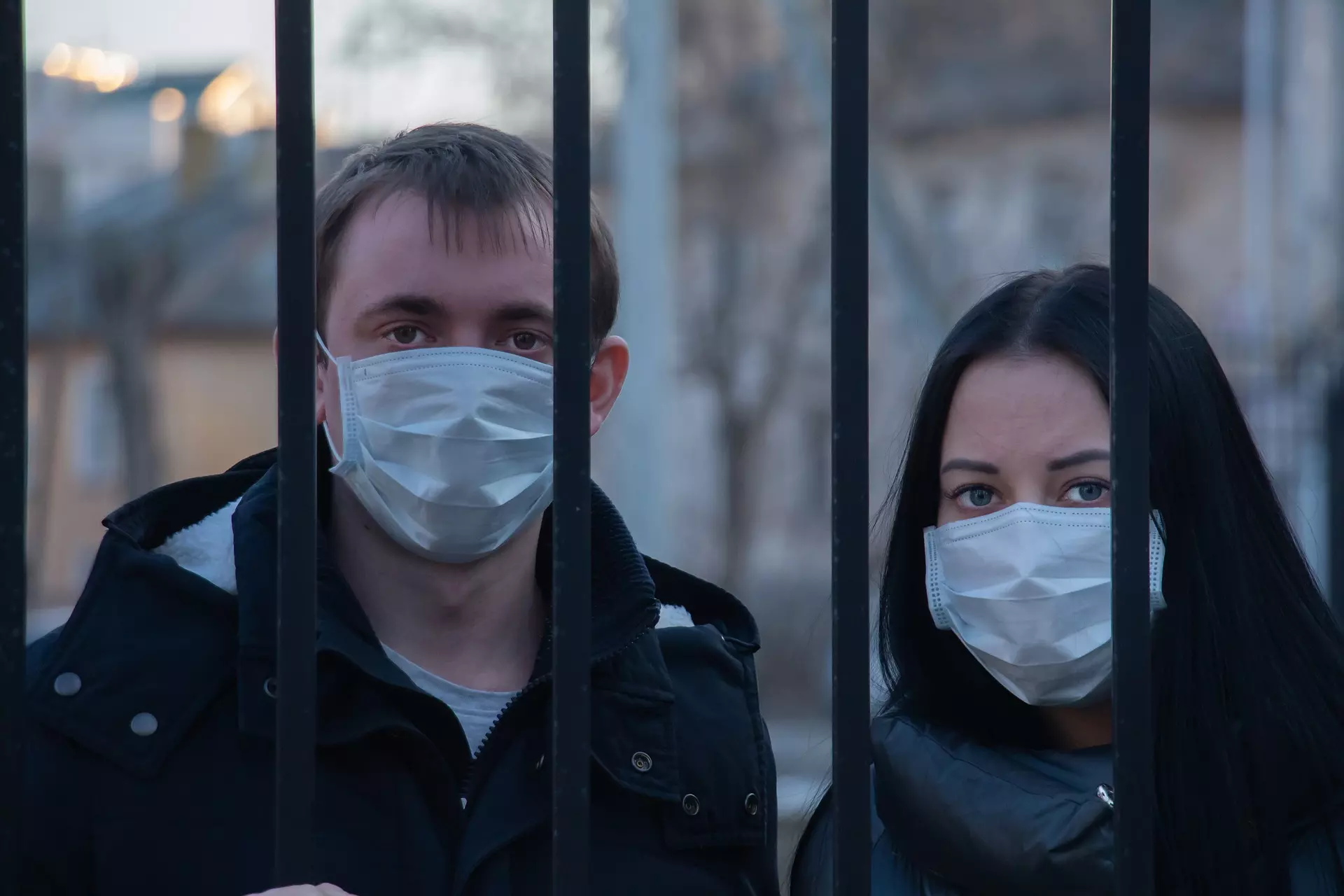
Why SafelyHome: A Societal Epidemic
Published: 2nd July 2023
Discover the societal epidemic behind SafelyHome app. Explore the impact of women's safety concerns, the need for change, and the role of education in combating this pervasive issue.
Content Warning: This blog discusses topics that some people might find sensitive, including misogyny and sexual assault.
The creation of SafelyHome stemmed from a belief that there is an overlooked, high magnitude issue that faces the world today. When I walk home from a day or night out, it is rare that I ever feel unsafe, uneasy, or concerned for my wellbeing. Yet I know that vast majority of women do not feel this way – which is overwhelming evidence that society still fails to afford women the same basic level of safety that men have. Sadly, safety on days and nights out is a gendered issue and possible danger almost invariably stem from male behaviours. The solution is multipronged, with the principle focus being long-term education. This is a huge topic – one I don’t profess to be well versed in and subsequently best addressed in a blog of its own, by someone far smarter than me. We wanted to try and do a little bit with the skills we had to reduce the likelihood of these moments arising. It was this thought that evolved into the creation of SafelyHome, a simulated phone call app to reassure and also deter.
This long-read blog takes a deep-dive into the societal epidemic that resulted in the creation of SafelyHome. The there are two key themes, impact and interconnectedness. I believe that the issue is significant enough to justify the term ‘societal epidemic’ – it is widespread, pervasive, and incredibly damaging.

The prevalence cannot be understated. The UK Office of National Statistics found that one in two women feel unsafe walking home alone after dark in a quiet space. That transcends age, race, sexuality, and belief system. But the issue goes beyond borders as well – websites recommending safety apps for people getting home exist in India and Australia for example. There is no region or demographic that this epidemic is confined to and, as a result, the issue itself is harder to root out as all women feel the effects.
Not only is the problem international and without demographic, the impacts are also far-reaching and horrendous. This issue is something that has consequences every day. People will change routes, curtail social interactions, avoid areas, and call people to feel safe. The SafelyHome app intends to help on the latter point, but there is so much work to be done. Hence, the expansion of SafelyHome into the ‘blog space’ – to engage a community and uplift an ongoing movement.

The consequences are not just limited to the physical – but the psychological as well. Even if nothing malicious happened on the journey home, repeated feelings of stress, fear, and worry can reduce life expectancy by 2.8 years!
Stephanie Condon, Marylene Lieber, and Florence Maillochon’s article on Feeling Unsafe in Public Places: Understanding Women’s Fears (2007) states it best “Public spaces thus do not seem a space of physical violence only… Because some of the interactions that get played out there carry a threat that weighs on and conditions possible later feelings of wellbeing and safety.”

Occasions such as the Sarah Everard case are inexcusable demonstrations of a societally overlooked epidemic that occur more frequently than many care to consider. That is, I believe, because of its gendered nature. We all have a responsibility – I think that it isn’t extreme to suggest that, given the problem stems from male-dominated behaviours and structures, that greater burden lies on men to help create change. I hope we continue to use SafelyHome to do our part in trying to destroy this societal epidemic. While it’s only a small drop in the ocean of possibilities for combatting such a nuanced and complex issue, I am glad SafelyHome exists to be used when needed and referred to when desired. It also drove us to make Appatree, which powers SafelyHome – with the slogan, better at making things better. It is what we strive for.
I hope this provides an understanding into why SafelyHome was created in the first place. Naturally, there are the flaws consistent with the fallible nature of humankind in this blog that you may take issue with. If you do, please don’t hesitate to get in touch via our social media or emails. Alternatively, if you would like to help us, be that as a contributing blog writer, a SafelyHome team member or just to lend any advice or ideas to the project – we would love to hear from you! You can reach us through the emails on the SafelyHome website or through any of our socials.
